Maybe you know this: When you wake up, a sequence of tones buzzes around in your head. What do you do with it now? One possibility: create different pieces of music with one and the same tone sequence – by using the time signature.
What you will read in this article:
Early in the morning: an idea without time signature
It is early in the morning. You wake up. A sequence of tones buzzes around in your head. Maybe it is really only a few notes, but maybe it is a whole phrase. For example, something like this:

What next? If you just go on drinking your morning coffee and don’t care about the melodic idea anymore, that would be a great pity – because every musical idea has enormous potential! You can build very different kinds of music from one and the same idea by varying the corresponding musical parameters – for example the time signature.

Adrian, the Music Theory MentOWL:
“The time signature of a piece usually describes a pattern of equal basic beats and counting times, thus creating the basic temporal structure of the piece.” 1
Cited and translated from https://de.wikipedia.org/wiki/Takt_(Musik), 11/SEP/2020
Thanks, Adrian.
If you already know Adrian from previous blog posts, you know that he likes to express himself scholarly. My job then is to translate his statements for us ordinary mortals. I would like to try it this way: Music is an art of time. Just as painters apply colors to canvas, composers apply sounds to a timeline (of course, physically, they write them on paper, or, nowadays, at least in a file – but you can’t hear them there!):

Time signature, step by step
As a composer, the timeline is your canvas. Now it might make sense to give some structure to this timeline, for example through impulses that occur at regular intervals – or, to use Adrian’s words, “basic beats”:

That is already more clearly arranged. If you now combine several of these basic beats, it becomes even clearer – you get bars.

Now you can count the basic beats in each bar – you start at “1” and count up to the bar line. In the next bar you start again from the beginning. This is what Adrian means by “counting times”:

Depending on how many basic beats you combine in one bar, you will get different time signatures. In the example, you see a “duple meter”; you could also group three basic beats between two bar lines, then you would have a “triple meter”. Whatever you decide, by grouping the basic beats you create the basic temporal structure of the piece of music.

Adrian, the Music Theory MentOWL:
“That’s exactly what I told you.”
I know, Adrian, I know.
Two vs. Three
So what does all this have to do with your morning idea? Well, different time signatures have different stress patterns. A duple meter, for example, follows the heavy-light pattern…

…while a triple meter consists of one heavy and two light counts:

You can use this for your idea. The sequence of tones that came to your mind in the morning…

…can become both dance music in a triple meter…
…and a slow character piece in a duple meter:
I admit: For the sake of clarity, I have not only used different time signatures in these examples, but have also applied the principles of simple song accompaniment and adapted rhythm and tempo. A future blog post will deal with the parameter “tempo”; you can read about the possibilities of giving a melody a distinctive profile through rhythm in my blog post about syncopation.

Jonathan Stark – Conductor
Hello! I'm Jonathan Stark. As a conductor, it is important to me that visits to concerts and operas leave a lasting impression on the audience. Background knowledge helps to achieve this. That's why I blog here about key works of classical music, about composers, about opera and much more that happens in the exciting world of music.

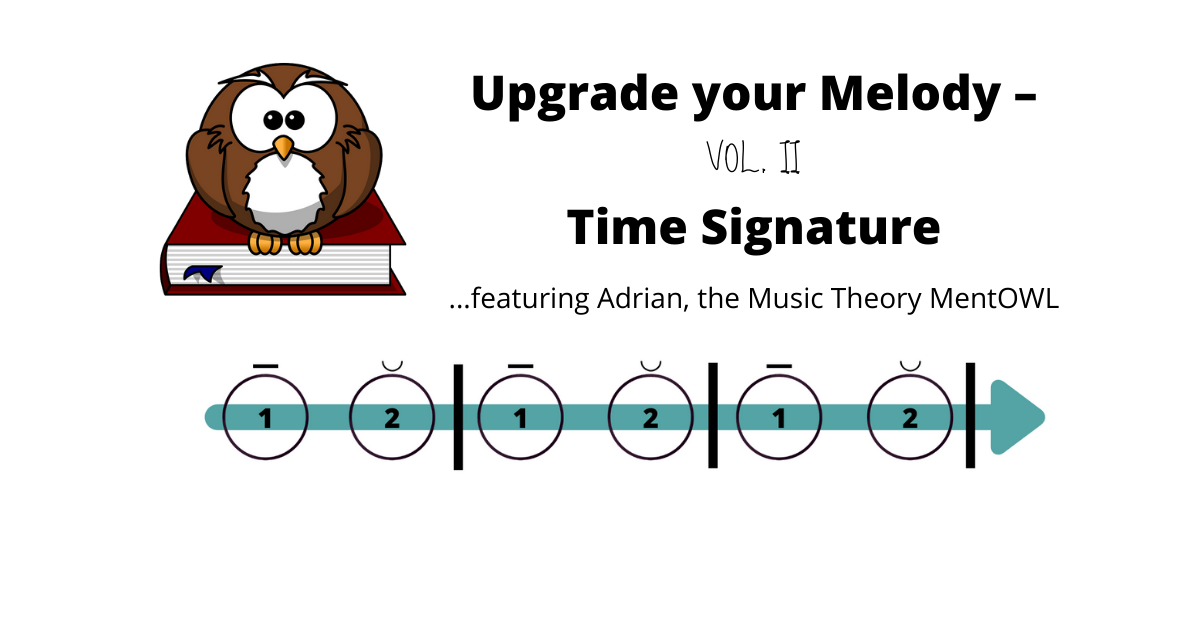
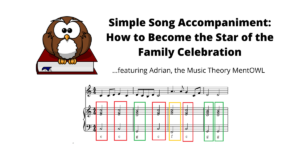
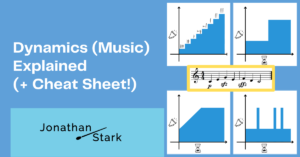
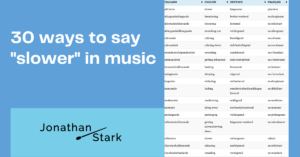

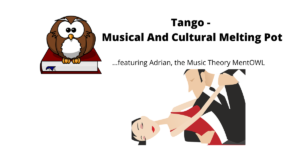
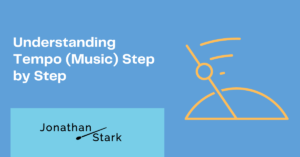
Sie können klar und einfach formulieren, Herr Klar. Kompliment! Aber in einer Grundaussager irren Sie sich: Musik erhält durch die Taktstruktur Bewegung. Und Bewegung vollzieht sich niemals allein in der Zeit, sondern immer zugleich in Raum und Zeit. Musik ist niemals eine zeitliche, sondern immer eine raumzeitliche Kunst. Die Noten erhalten immer und überall ein voneinander abweichendes Gewicht, sie werden dadurch in ihren Werten geordnet.
Dieser Ordnung dieses Auf-und-Abs unterliegen nicht nur nebeneinander liegende Noten, sondern auch jeweils vier Takte: Auch sie steigen und fallen entsprechend einer Sinuskurve. Diese Viertaktschwingung vollzieht sich immer zusammen mit der Taktschwingung. So entstehen aus den Tönen Sätze. Und über die Sätze muss noch eine weitere Schwingung hinzutreten, damit die klassische Musik mit der Zahl Vier verbunden ist: Vier Sätze ergeben die Periode. Nur in dieser Struktur ist klassische Musik komponiert und kann sie verstanden werden.
Vielen Dank für das nette Kompliment und den ausführlichen Kommentar!
Ich kann Ihre Beschreibung der schwingenden Vierereinheiten sehr gut nachvollziehen, Sie beschreiben diesen korrekten Sachverhalt sehr anschaulich. Ich habe momentan noch Schwierigkeiten nachzuvollziehen, inwiefern das den Gedanken im Artikel widerspricht. Mir scheint momentan, Ihre Äußerungen wären eher eine sinnvolle Erweiterung des Artikels als eine geänderte Prämisse. Vielleicht verstehe ich das aber nicht richtig, deshalb wäre ich Ihnen sehr dankbar, wenn Sie das genauer erläutern könnten.